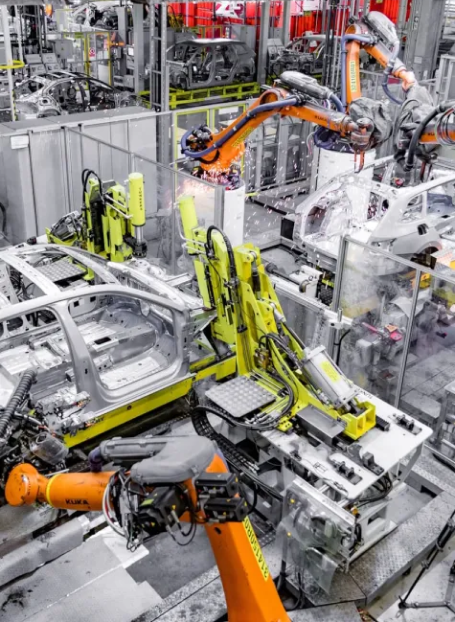Understanding Working Capital for Manufacturers
Working capital is the difference between your current assets and current liabilities—essentially, the funds available for day-to-day operations. For manufacturers, maintaining optimal working capital is critical for purchasing raw materials, managing inventory, paying employees, and funding the production cycle before receiving payment from customers.
At Schapira CPAs, we understand the unique working capital challenges manufacturers face, from long production cycles to seasonal fluctuations and supply chain disruptions. Our working capital solutions are designed to help you optimize cash flow, reduce financing costs, and ensure your business has the liquidity it needs to operate efficiently and pursue growth opportunities.



